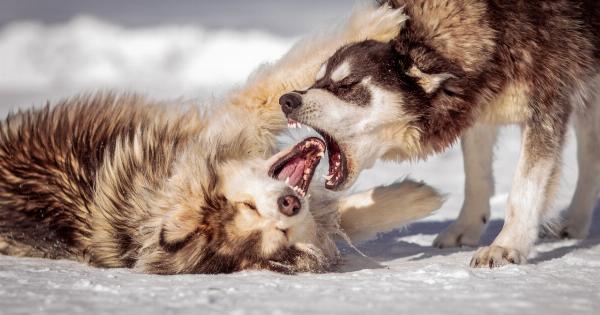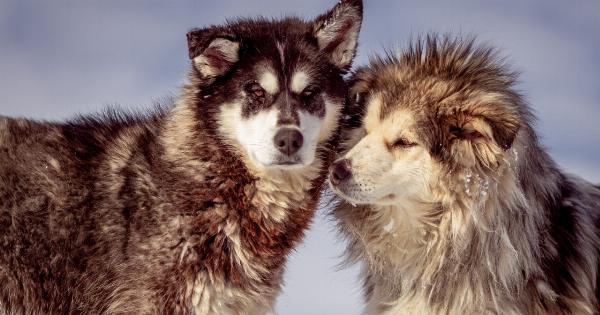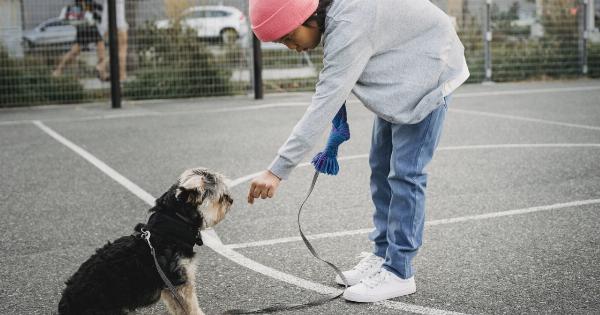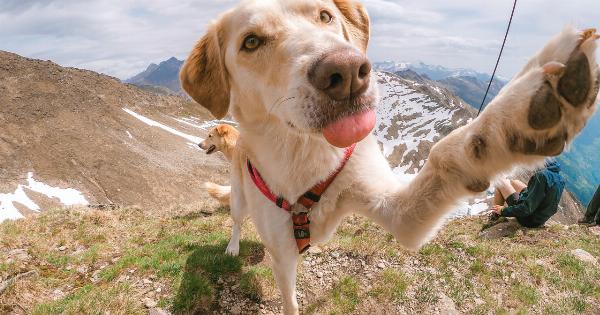Dog aggression is a serious problem that can cause harm to people, other animals, and even the dog itself. When a dog becomes aggressive, it can be difficult to determine who is at fault.
While many people assume that it is always the owner’s fault, there are actually a number of factors that can contribute to dog aggression. In this article, we will explore some of these factors to gain a better understanding of this complex issue.
Breed
One of the most common factors that contribute to dog aggression is breed. Some breeds are more prone to aggressive behavior than others, and this is often due to genetics.
For example, pit bulls and rottweilers have a reputation for being aggressive, but this is not always the case. While genetics can play a role, it is important to note that it is not the only factor.
Socialization
Socialization is another important factor in dog aggression. Dogs that are not properly socialized may become fearful or aggressive towards other dogs, people, or even objects.
This can be especially true for dogs that have not been exposed to a variety of environments or experiences during their critical socialization period, which is typically between 3 and 14 weeks of age.
Training
Training is also a key factor in preventing dog aggression. Dogs that have not been trained to obey basic commands, such as “sit,” “stay,” and “come,” may become aggressive when they feel threatened or scared.
Additionally, dogs that have been trained to engage in aggressive behavior, such as guard dogs or fighting dogs, are much more likely to display aggressive behavior in everyday situations.
Health
A dog’s health can also play a role in aggression. Dogs that are in pain or discomfort may lash out at those around them, including people, other animals, or even objects.
Additionally, medical conditions such as hypothyroidism and brain tumors can cause changes in behavior, including aggression.
Environment
The environment in which a dog lives can also contribute to aggression. Dogs that are constantly exposed to stressful or threatening situations, such as abuse or neglect, are much more likely to become aggressive.
Additionally, dogs that are kept in small spaces or have limited exercise and socialization opportunities may become bored or frustrated, leading to aggressive behavior.
History
A dog’s history can also be an important factor in aggression. Dogs that have been abused, neglected, or trained to engage in aggressive behavior are much more likely to display aggressive behavior in the future.
Additionally, dogs that have been involved in previous incidents of aggressive behavior may be more likely to engage in similar behavior in the future.
Owner Responsibility
While there are many factors that can contribute to dog aggression, it is important to note that owners have a significant role in preventing and managing aggressive behavior.
Responsible pet ownership includes providing proper training, socialization, medical care, and a safe and secure environment for the dog. Additionally, owners should be aware of the signs of aggression and should take steps to prevent incidents from occurring.
Conclusion
Dog aggression is a complex issue that is influenced by a variety of factors, including breed, socialization, training, health, environment, and history.
While owners are not always to blame for aggressive behavior, they do have a responsibility to take steps to prevent and manage it. By understanding the factors that contribute to dog aggression and taking a proactive approach to pet ownership, we can create safer and happier environments for both our dogs and those around them.


























